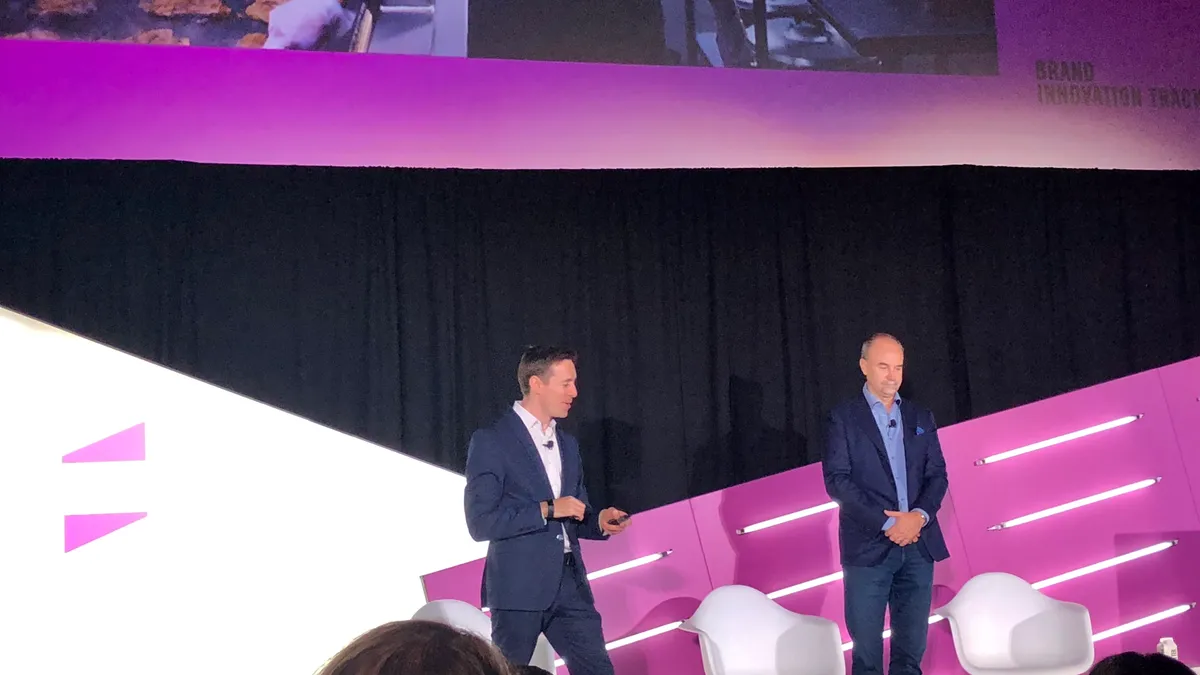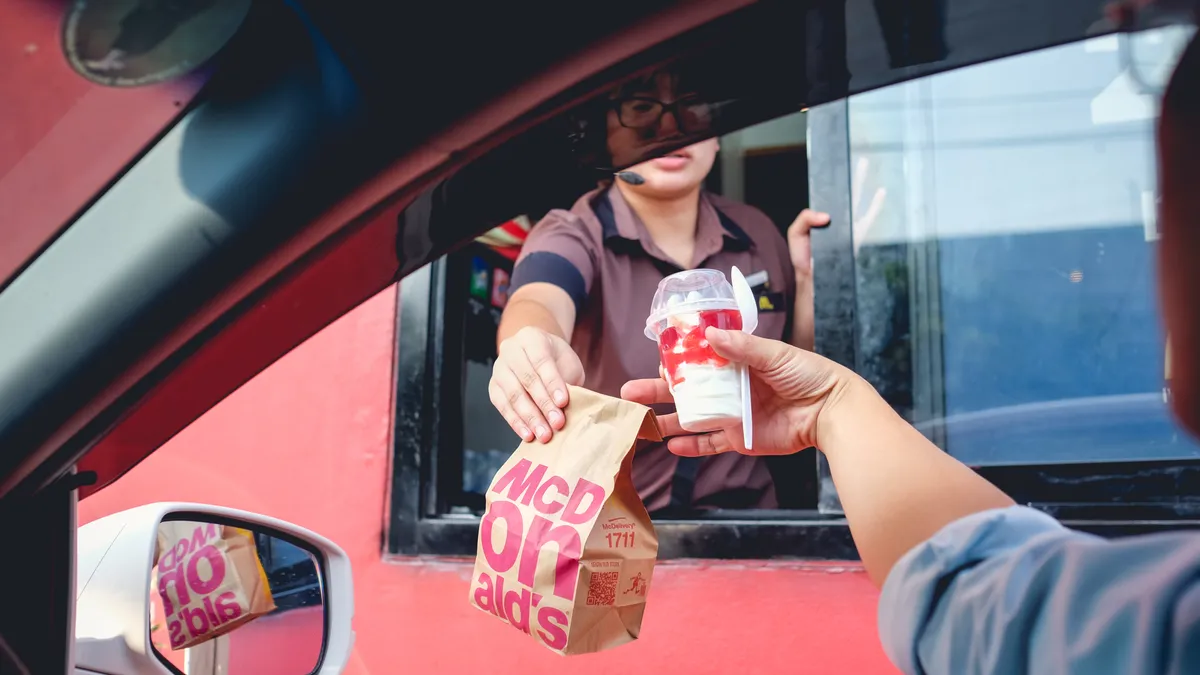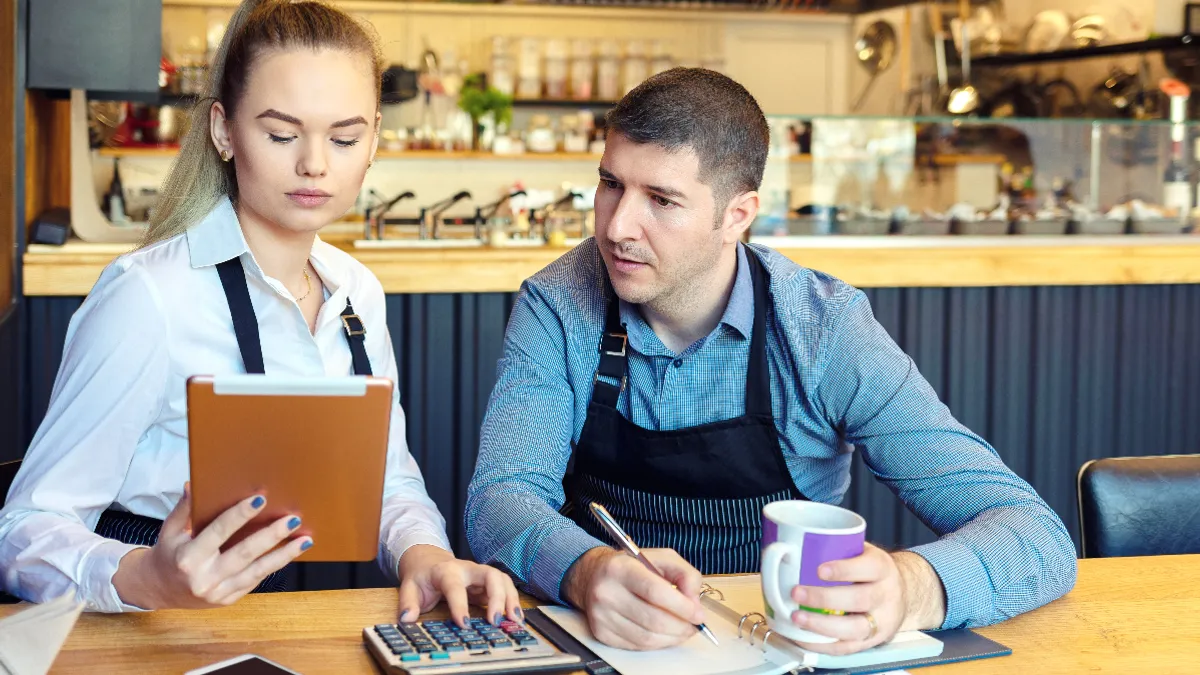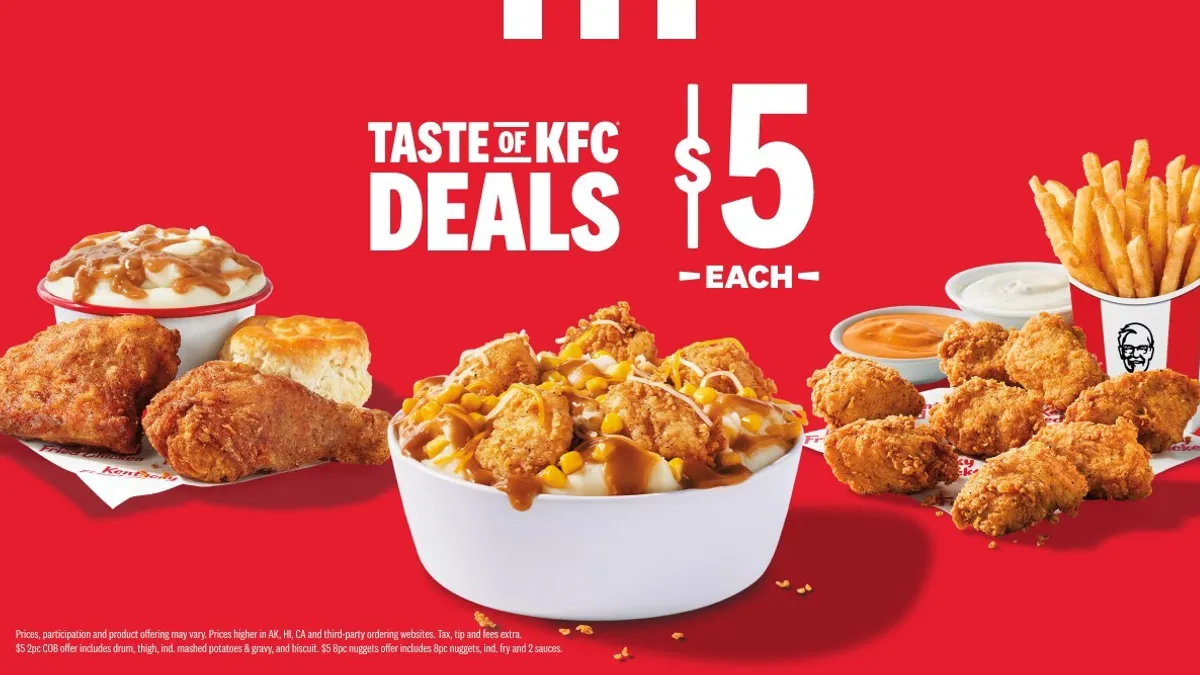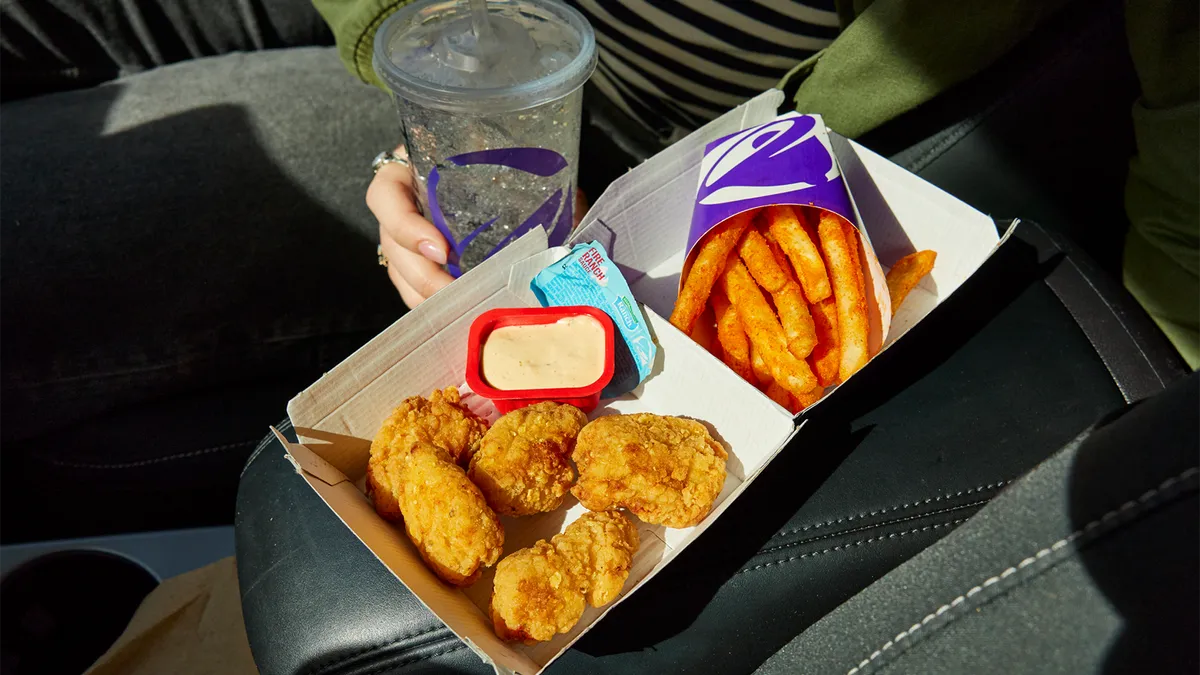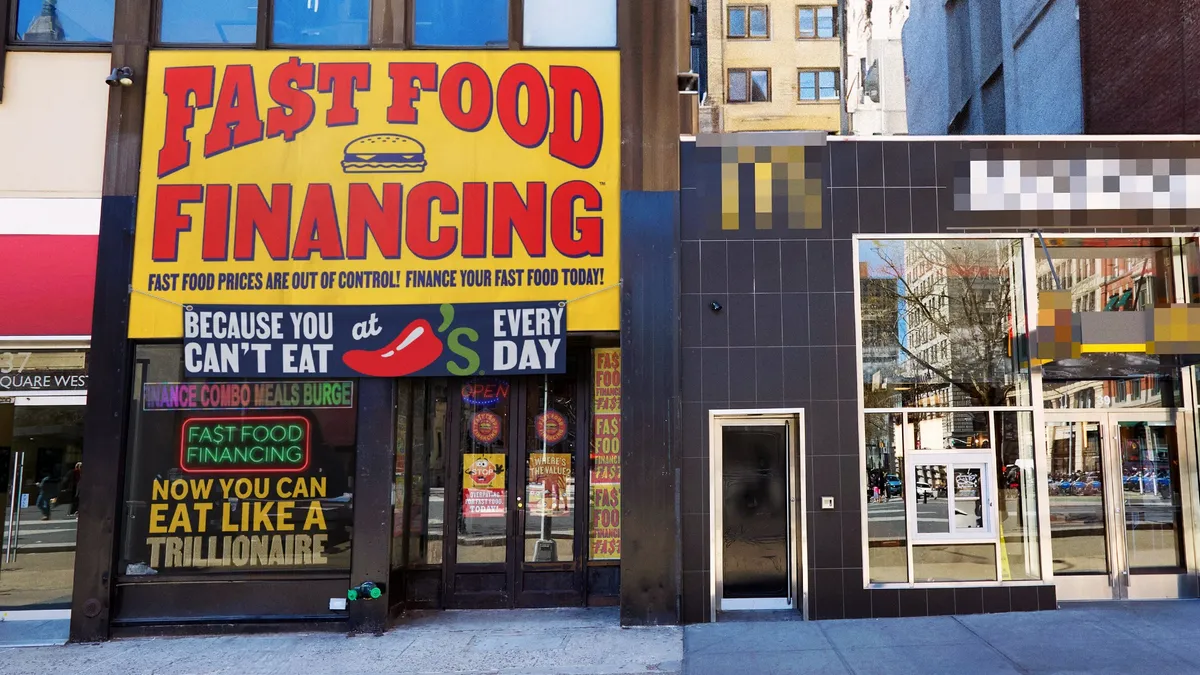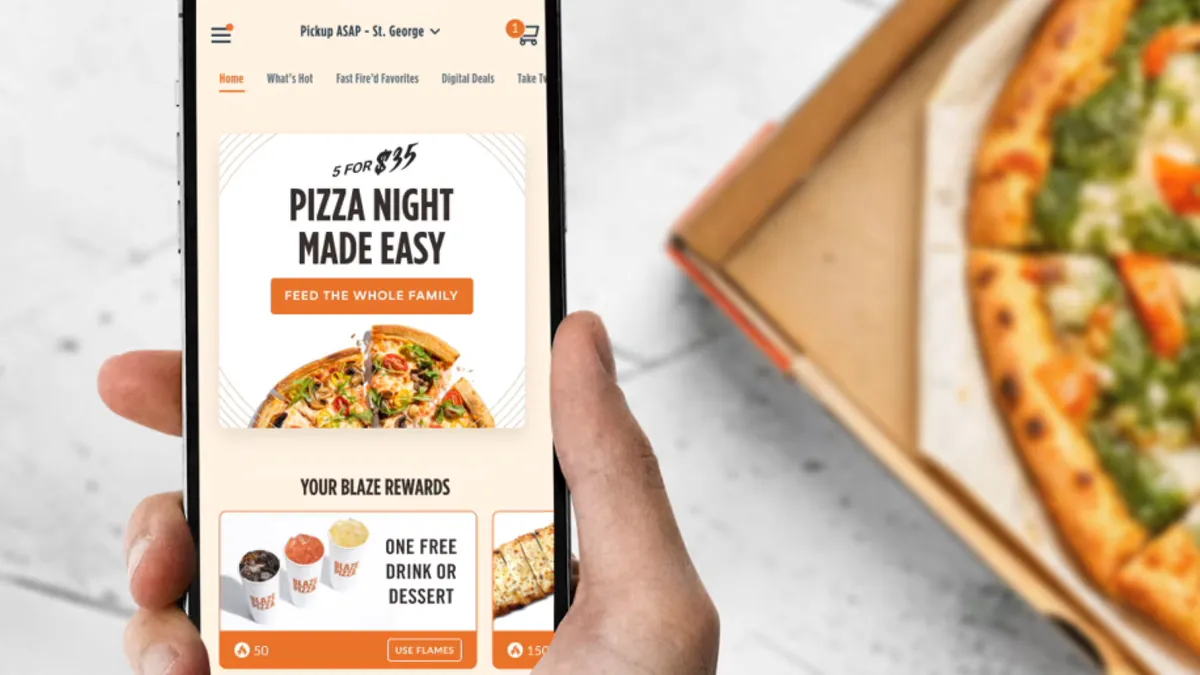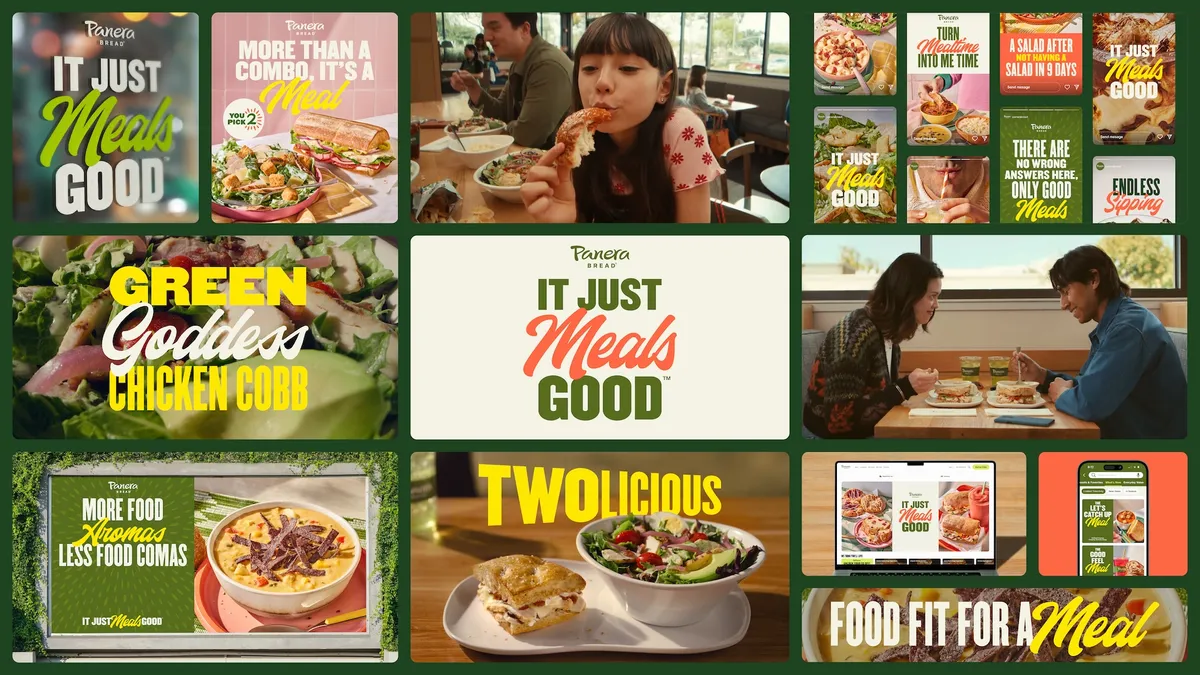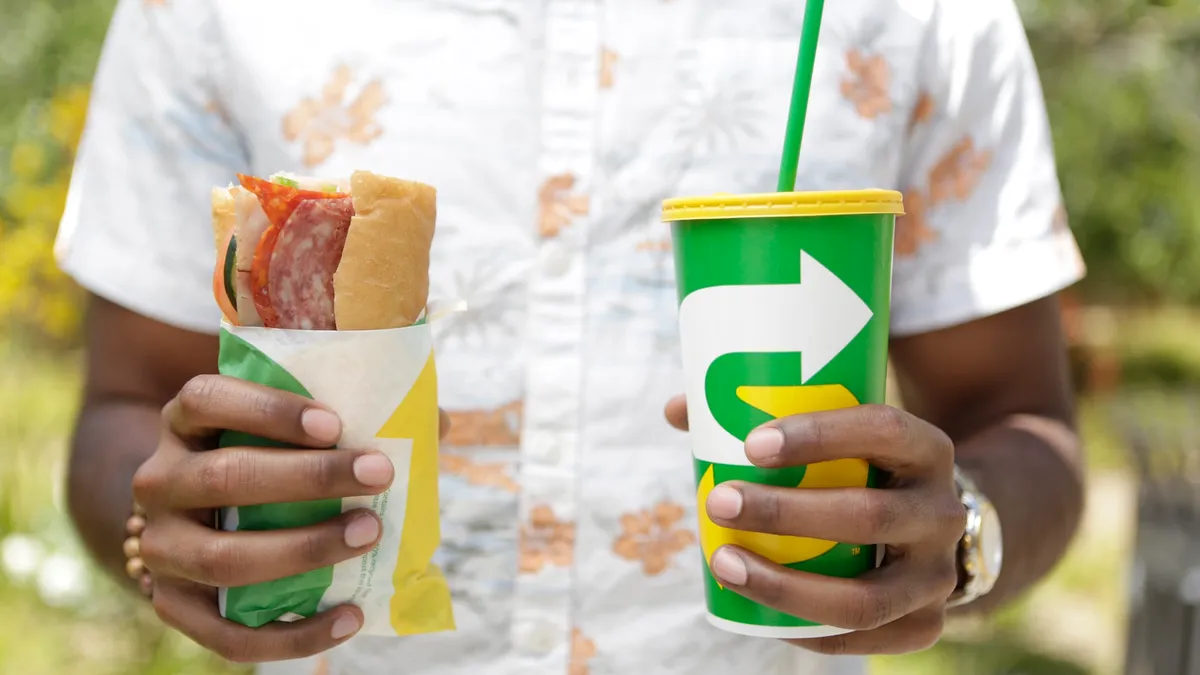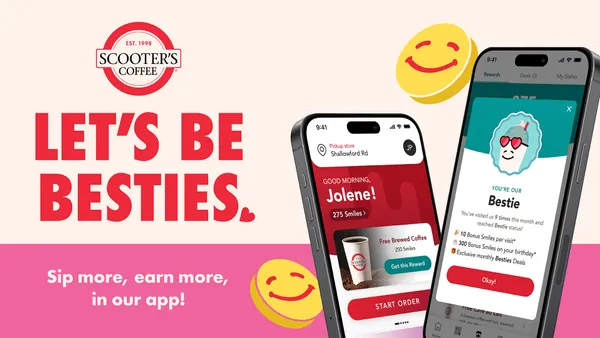NEW YORK — A pioneer of the now ubiquitous fast casual dining scene, Chipotle had a long road to recovery after falling from grace in the wake of a string of food safety crises starting in 2015. Marketing played a critical role in rehabilitating the image of a company that's long prided itself on quality ingredients, but executives speaking at Advertising Week on Tuesday reinforced that a remarkable comeback story replete with notable sales increases and stock highs was the product of largely foregoing conventional brand wisdom.
"Nothing helps educate [you] about a brand like when you're in trouble," Chipotle CMO Chris Brandt, a veteran of other restaurants like Taco Bell and Bloomin' Brands, during a discussion with agency Venables Bell & Partners. "You learn more from those bad times."
At the talk, the executive and Venables Bell's President Paul Birks-Hay outlined how Chipotle took a risk by challenging traditional turnaround practices like firing old marketers and agencies that were around during a downturn. Venables Bells, for example, was a partner prior to Brandt joining the team in April of 2018, but stayed on even after a shakeup that also added Brian Niccol as Chipotle's new chief executive.
"When I came in, there were a lot of new partners that had just been with Chipotle only a year or two," Brandt said. "We really wanted to give those folks a chance to at least see if we had the right chemistry."
A silver lining of Chipotle's wounded stature was the ability to rebuild around newer areas, with Brandt focused on modernizing for digital consumers. His team's refreshed gameplan resulted in $1.2 billion revenue growth over three months, along with a 65.6% leap in digital sales, according to a sizzle reel shown during the panel. The approach also resonated with the types of elusive young audiences that are necessary to court in a hyper-competitive restaurant category where better technology and convenience create an advantage.
"Chipotle really hadn't embraced digital, and we're lucky, at Chipotle, that about half of our consumers are Gen Z or millennial," Brandt said. "They really want to access the brand via digital."
Out with (some of) the old
Chipotle likely would've needed to retool its marketing regardless of the E. coli outbreaks that heralded what executives dubbed the "troubled times." The company was still working off the playbook of a niche brand, when it really became mainstream years ago, with the benefits and burdens that wide consumer recognition carry, per executives.
"Chipotle had a very decentralized marketing model, where they just really were flooding the market with a bunch of promo- and BOGO-type offers," Brandt said. "They were not driving traffic. They hadn't driven traffic in a couple of years."
One of Brandt's main missions in steering the troubled chain back on course was creating a centralized, cohesive strategy, shifting spending for discounts back into media and channels relevant to modern diners. But Chipotle's messaging also had to be tweaked for an era where purpose and a distinctive voice are paramount. Focusing ads on ingredients, while a fairly progressive approach in the '90s and early aughts, had become commonplace in the fast casual scene, and Chipotle's outsider attitude made less sense with its growing market presence.
"Everyone else has kind of caught up a bit," Birks-Hay said. "[They were] bandying about the same type of words that we were using, talking about where the food came from."
An aggressive position against less health-minded rivals also threatened to come across as hypocritical given Chipotle's history ensuring food safety.
"There was work that was kind of pointing the finger … it was kind of throwing stones at Big Food and Big Farming," Birks-Hay said. "That's all very well when you're whiter than white, but we had our slip, and people didn't really want to hear about how other people are doing wrong."
Employee spotlight
Rather than dipping back into a tried-and-true well — another common tactic for fallen brands looking to recall the good old days — Chipotle extended the authenticity concept, once centered on ingredients, to other aspects of its business. Spotlighting employees, many of whom had been battered by years of declining store traffic and mounting consumer scrutiny, became a priority with a "Behind the Foil" campaign that debuted earlier this year and aimed to differentiate the chain from less transparent competitors.
"There's no one else who would dare pull back the curtain at a QSR or fast casual restaurant: where the food comes from, what it looks like before you serve it, how it's prepared," Birks-Hay said.
In February, Chipotle worked with documentarian Errol Morris to capture workers' routines and why those employees remained loyal to the brand despite low points, with footage clipped into TV and digital spots. Employee-driven marketing eventually grew into new experiments on social channels. A video of an employee doing a lid flip trick with one of Chipotle's bowls was shared to the brand's official Instagram page, racking up 1 million views.
Viral traction for the idea led to conversations with TikTok, where Chipotle used influencers to replicate the lid flip challenge. It became one of the earlier examples of a major brand successfully tapping into the potential of the teen-favorite social video app, and received more than a quarter-billion views in "a flash," according to Brandt.
"We wanted to be more relevant in culture," Brandt said. 'We wanted to pop up in other places that reinforced real and, in some [cases], surprising places where no other brands are."
Remade as an innovator
A push into new media channels has helped compliment Chipotle's deeper investments in tech buckets like delivery and loyalty. Last college football season, the company ran a TV spot during all 38 bowl games that promoted free burrito bowls for first-time customers using Chipotle's mobile app or online portal.
"It tripled our delivery business and it grew our baseline by 10-15%," Brandt said. "We were like, 'hey, if we promote digital that can really help the baseline business.'"
Continuing its momentum, Chipotle in March linked with Venmo to promote the national rollout of a new loyalty program, including by creating a custom icon on the mobile payments platform — only the second brand to do so after Uber. The tie-up helped boost Chipotle app downloads 480% from the prior 12-month period, according to restaurant industry analysts.
Back in the sports arena, the brand in May adopted a similarly mobile-first mindset with a "freeting" promotion that linked Twitter with the NBA Finals. Because Chipotle is locked out of advertising directly with the basketball league — the official sponsorship is held by Brandt's former employer Taco Bell — it had to deploy guerilla tactics.
Every time an announcer said "free" on-air during game coverage, the chain tweeted a code that could be used to score a free burrito. The campaign, though risky, paid off, and grew to be one of the standout examples of how Chipotle has not only won back favorability with consumers in a short period of time, but also improved its reputation as an innovative marketer that's betting bigger on channels both old and new.
"We didn't use any likenesses or anything, but we got over 1 billion earned impressions," Brandt said of the freeting promotion. "We got almost 100,000 new Twitter followers."



